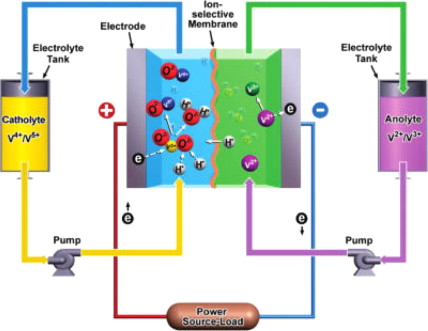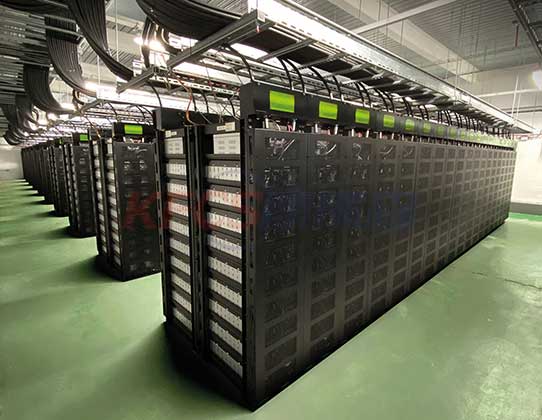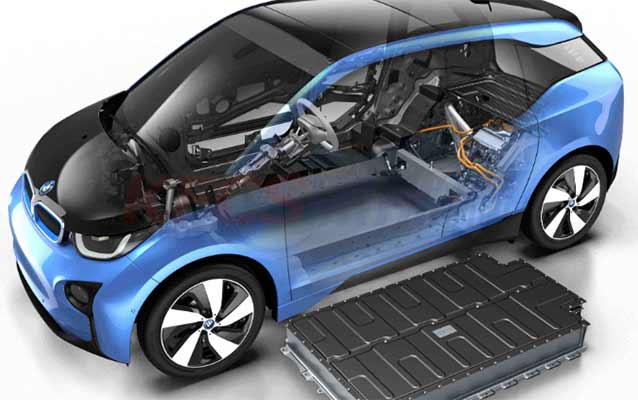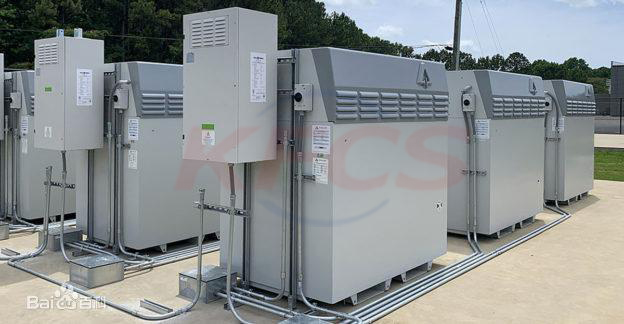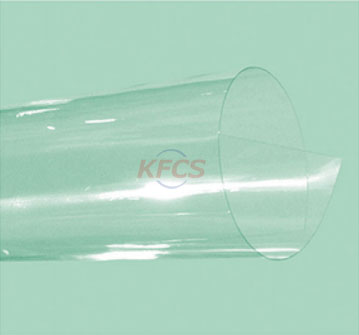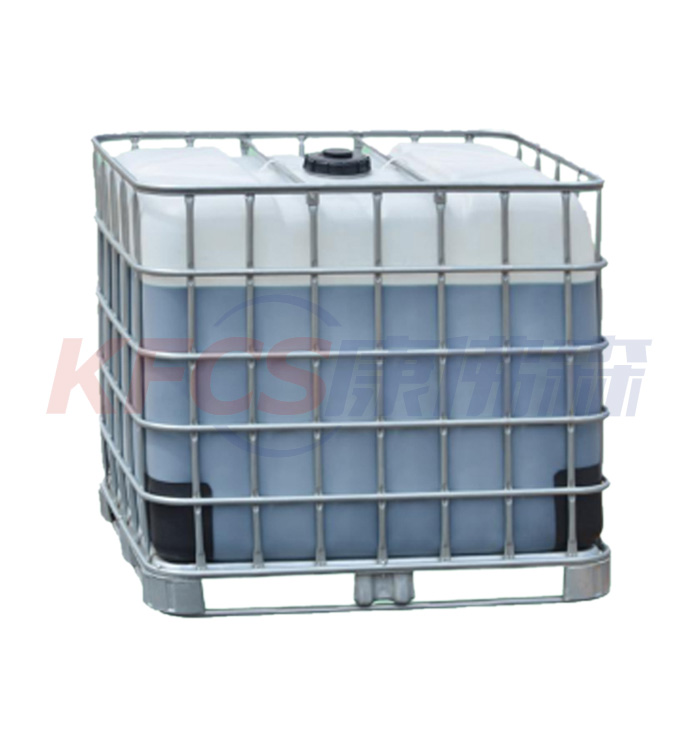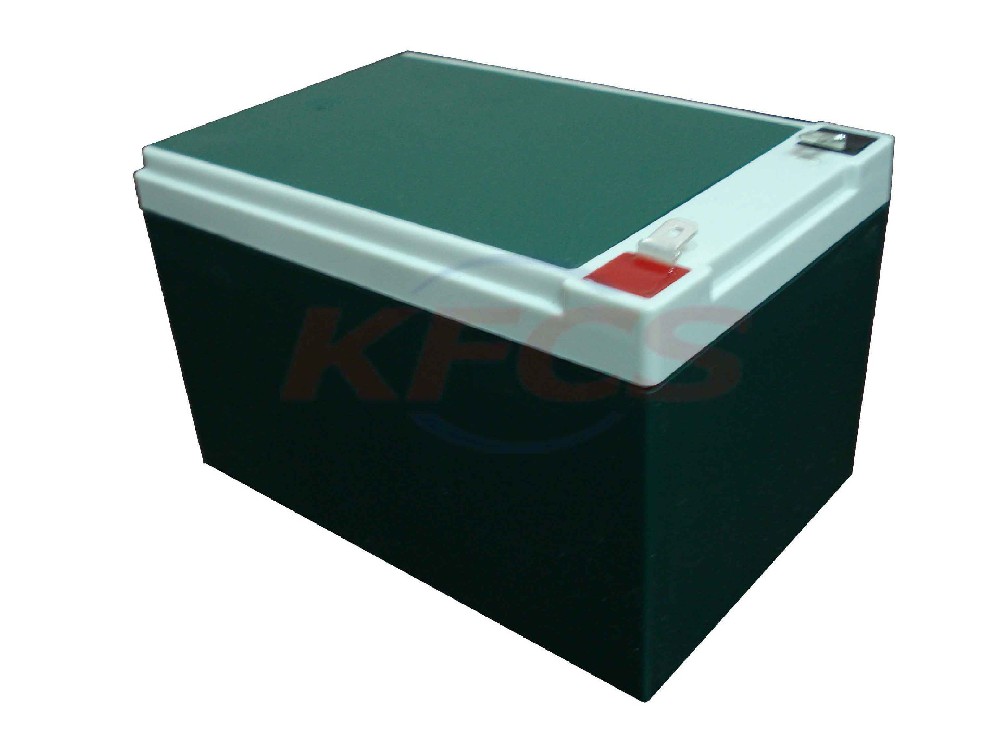Commercial Operation of Vanadium Redox (VRB) Flow Batteries
2022-01-18
The Vanadium Redox Battery (VRB®)¹ is a true redox flow battery (RFB), which stores energy by employing vanadium redox couples (V2+/V3+ in the negative and V4+/V5+ in the positive half-cells). These active chemical species are fully dissolved at all times in sulfuric acid electrolyte solutions. Like other true RFBs, the power and energy ratings of Vanadium Redox Batteries are independent of each other and each may be optimized separately for a specific application. All the other benefits and distinctions of true RFBs compared to other energy storage systems are realized by VRBs. The first operational vanadium redox battery was successfully demonstrated at the University of New South Wales in the late 1980s and commercial versions have been operating on scale for over 8 years.
About News
- Classification of vanadium batteries
- An overview of all vanadium redox flow batteries
- Operation of all vanadium flow battery energy storage system project
- Components of vanadium battery system
- Vanadium could be the next strategic resource
- China will become one of the largest markets in the battery recycling industry
- The UK invested £ 6.7 million to support 24 innovative energy storage technology projects
- 500MW! Sweden's OX2 acquires Greek wind and solar projects
- Significance of vanadium flow battery energy storage
- U.S. to investigate PV modules in four Southeast Asian countries
Products


